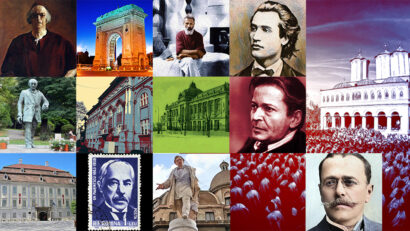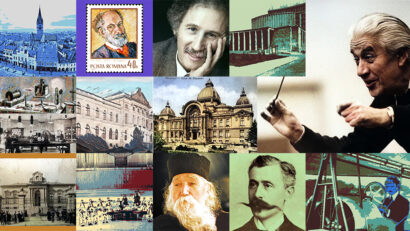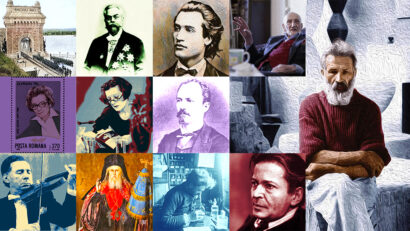The Jidvei Castle in Cetatea de Balta
Vineyards, wine tasting and castle life are intertwined not only in history, but also in peoples minds. This is also the case of the Jidvei Castle in Cetatea de Balta
Christine Leșcu, 15.09.2017, 15:39
The Tarnave Plateau, bordered by the Târnava Mare and Târnava Mică, is covered by a famous vineyard, of the same name, where the well-known Jidvei wines are being produced. Initially, such wine sorts as Fetească Regală, Riesling Italian, Sauvignon Blanc, Fetească Albă, Chardonnay, Muscat Ottonel were introduced in the area. Along the years, black grapes varieties were gradually introduced into the vineyard. When autumn sets in, Pinot Noir, Cabernet Sauvignon and Merlot are turned into delicious rose wines.
Furthermore, a stunning castle juts over a breathtakingly beautiful landscape. It was built in the locality of Cetatea de Baltă, somewhere between the towns of Târnăveni and Blaj, on the bank of Târnava Mica River. Building works started in the second half of the 16th century, around 1560 and were completed around 1624, when the estate belonged to Stefan Bethlen of Iktár, the brother of Transylvania’s ruler, Gabriel Bethlen of Iktár. Along the years, the castle has had many owners, but it is still known as the Bethlen-Haller Castle, after the names of the first and last Hungarian noble families which owned the building. The last owner of the Bethlen family was Márkus Bethlen. The estate was sold in the second half of the 19th century to the Haller family, which owned it until 1948, when it was expropriated.
Ever since, the name of the castle in Cetatea de Balta has been associated with the Jidvei wine and the Tarnave vineyard. Recent restoration works have preserved the history of the place.
The manager of the castle, Irina Nita, tells us more about its history: “The castle was built on the model of a castle on Loire Valley, albeit on a smaller scale. It was intended as a place for hunting and leisure, not as a proper castle or fortress. Initially it only had the four towers we can still see today at the entrance. In 1780, the frontispiece was built through which visitors enter the building today. The castle was nationalised during the communist regime. Until then, the castle had been in the possession of around 45 different aristocratic families. The building has a tumultuous history, having been lost by its owners at card games many times. During communism, the Jidvei sparkling wine was made at the castle, which had come into the possession of the Jidvei Agricultural State Enterprise. After the fall of communism, the building fell into disrepair. After 2000, it became the property of the Necsulescu family. Between 2000 and 2003, renovation works were carried out on the cellars, the ground floor and the first floor. Today, the castle is only used for the promotion of the Jidvei wines.”
The reception area contains a beautiful door carved in stone dating from 1560, and behind it there is an interior staircase made of wood, an atypical element for its age, when most staircases were made of stone. Despite this atypical element, the rest of the castle is made in the Renaissance style, consisting in a compact, rectangular volume, with no internal courtyard and with 5 covered towers. Four of these towers are circular and located in the corners.
The castle has a cellar, ground floor and first floor. The rooms on the ground floor were used for servants and the upstairs rooms were used as living areas and to host the family quarters. In the cellar, there is an underground tunnel which, according to legend, links the castle to another one at a distance of 15 km, namely the Bethlen castle in Sanmiclaus, which will also go into restoration in the near future, an opportunity to test whether the legend about the tunnel is in fact true.






























